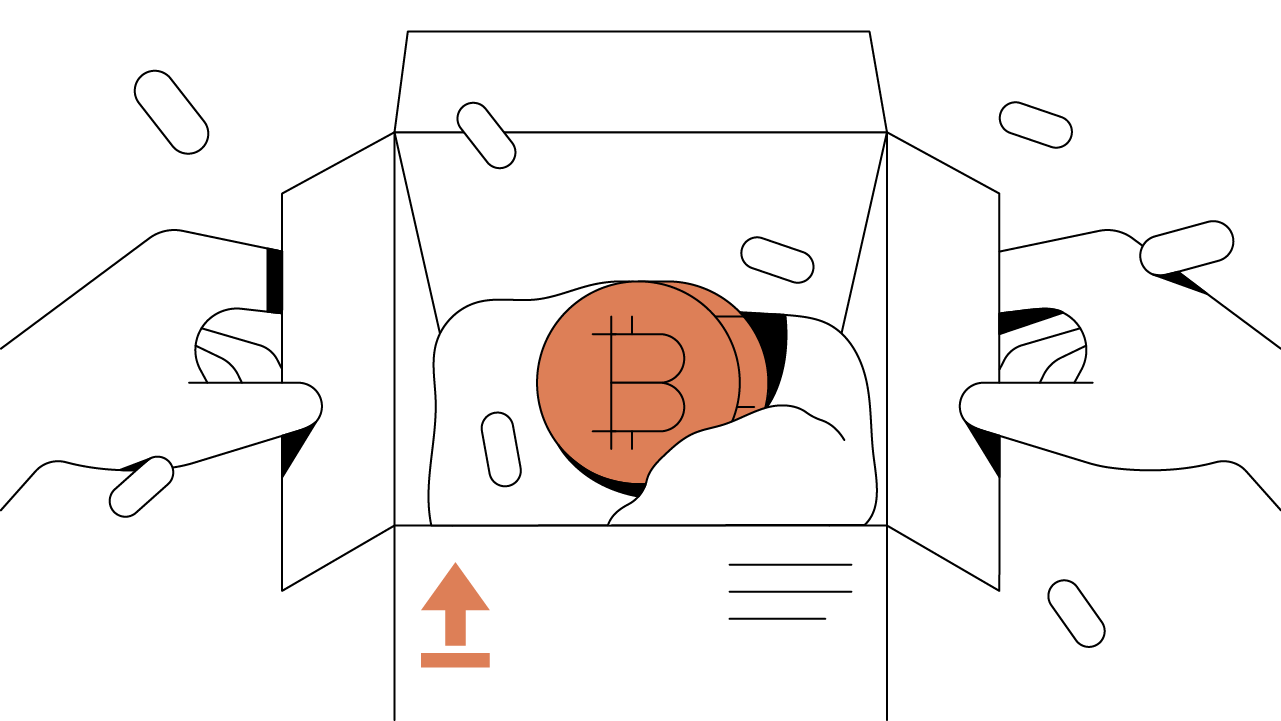Contents
Ethereum and the ICO Boom
Initial Coin Offerings launched a new generation of blockchain projects that have significantly shaped both Ethereum and the wider crypto ecosystem.
Updated March 10, 2022 • 4 min read

Summary
An Initial Coin Offering (ICO), also known as a token sale, is an asset distribution methodology that involves selling digital assets to raise funds for a blockchain-based project. ICOs first became popular in 2017, and they’ve since raised billions of dollars for a wide variety of crypto projects. The explosive growth of token sales helped to accelerate the adoption of Ethereum and cemented its place as a key value player in the crypto ecosystem.
Contents
Initial Coin Offerings on Ethereum
Between 2017 and 2018, Initial Coin Offerings (ICOs) took the crypto community by storm. This popular form of crowdfunding — the selling of tokens to fund the development and launch of a blockchain protocol or decentralized application (dApp) — mainly utilized the Ethereum network and raised billions of dollars for an array of projects. ICOs ultimately launched a new generation of blockchain projects that have significantly shaped both Ethereum and the wider crypto ecosystem. However, with more than 2,000 unique token sales raising in excess of $10 billion USD cumulatively in 2017 and 2018, the ICO gold rush also gave rise to a number of exit scams and questionable business practices that resulted in negative attention and increased regulatory scrutiny.
Initial Coin Offerings, also known as token sales, are a hybrid of crowdfunding and Initial Public Offerings (IPOs). ICOs allow companies in the crypto space to raise capital and fund development without having to go through the arduous and regulation-intensive process of a traditional IPO. Instead of giving buyers traditional equity (ownership shares of a company), the tokens — which often (but not always) follow the ERC-20 standard and function in the Ethereum ecosystem — are usually promoted as having future utility on the blockchain or the dApps that they fund. However, depending on the specific tokens, the way they were distributed, and the location of their jurisdiction, these tokens might still be considered securities and consequently would be subject to regulation.
Ethereum’s Role in the ICO Boom
Though the majority of ICOs have taken place on Ethereum, the first ICO — Mastercoin — took place on the Bitcoin network. In 2013, the Mastercoin team aimed to create a Layer-2 protocol on Bitcoin that would enable the issuance of new cryptocurrencies. The project embarked on a month-long fundraiser in which anyone could purchase mastercoin by sending bitcoin to the Mastercoin Exodus Bitcoin address. If you sent one bitcoin (BTC) to the address, you would receive 100 mastercoin, plus an additional 10 mastercoin per week until the end of the sale. The Mastercoin sale raised more than 5,120 bitcoin, which was worth approximately $500,000 at the time.
Ethereum was also originally funded through an ICO, which took place in 2014. Buyers received ether (ETH) in exchange for bitcoin, and more than 7 million ether was sold in the first 12 hours of the sale, worth approximately $2.2 million. By the end of the sale, more than 50 million ether was sold, amounting to about $17.3 million. Controversially at the time, 9.9% of this ether was set aside for Ethereum’s founding team, and an additional 9.9% was allocated to the nonprofit Ethereum Foundation. This feature, which is sometimes referred to as a pre-mine, was adopted by many later ICOs.
Ethereum’s open-ended smart contract protocol enables developers to create new derivative tokens and platforms with relative ease, as well as execute smart contracts that automatically calculate the amount of funds raised, distribute new tokens once the crowdsale is complete, and govern the on-chain dynamics of the project network. As a result, the majority of ICOs have taken place via the Ethereum network, and most have involved ERC-20 tokens, which are immediately interoperable with all other tokens on the Ethereum blockchain. It is also important to understand that many investors who participated in ICOs purchased protocol-specific tokens with ETH. This contributed to an exponential increase in ETH’s price, further increasing the prevalence of Initial Coin Offerings that initially drove the ICO boom.
ICOs Receive Increased Regulatory Scrutiny
Between 2017 and 2018, thousands of projects conducted token sales. However, a significant portion of ICOs did not satisfy existing securities registration requirements, were flimsily constructed business operations, or were outright scams. ICOs raised $6.3 billion in the first three months of 2018 alone, 118% of the total funds raised during 2017. The largest ICO was conducted by Block.one, the creator of EOSIO, which raised $4 billion in 2018. Messaging app Telegram conducted the second largest ICO, which netted the company $1.7 billion in 2018. Telegram’s sale, however, was a private sale, and was limited to large investors. Web browser Brave conducted another notable ICO, raising $35 million in less than 30 seconds.
While many legitimate blockchain projects used the funds from their ICOs to create established, successful projects, it gradually became clear that many ICOs lacked serious teams or realistic business plans, and relied on industry hype and marketing to profit off of unsophisticated investors. As a result, ICOs attracted regulatory scrutiny, most notably from the U.S. Securities and Exchange Commission (SEC). The SEC issued a report after investigating a 2016 token sale for The DAO that concluded that the sale was an unregistered securities offering. Some ICO issuers attempted to circumvent U.S. regulations by excluding U.S. investors from their sales. However, investors were still able to access the sales by using virtual private networks (VPNs). The SEC eventually took action against many ICOs including Block.one, which was required to pay a $24 million penalty. Likewise, Telegram (TON) was required to pay an $18.5 million penalty and to return $1.2 billion to investors. The project was essentially canceled because the SEC classified TON as a security.
Overall, Ethereum’s adoption was accelerated by the popularity of ICOs, many of which planned to build their products on top of the Ethereum blockchain. As a result, Ethereum found widespread community support and developer interest, and its ERC-20 tokens became a widely recognized industry standard. Although the ICO boom may have passed, ICOs continue to take place. In the history of blockchain, ICOs provide one more instance of the paradigm shifts and disruptive innovations made possible by decentralized technology.
Cryptopedia does not guarantee the reliability of the Site content and shall not be held liable for any errors, omissions, or inaccuracies. The opinions and views expressed in any Cryptopedia article are solely those of the author(s) and do not reflect the opinions of Gemini or its management. The information provided on the Site is for informational purposes only, and it does not constitute an endorsement of any of the products and services discussed or investment, financial, or trading advice. A qualified professional should be consulted prior to making financial decisions. Please visit our Cryptopedia Site Policy to learn more.

Is this article helpful?
 Powered by
Powered by 


